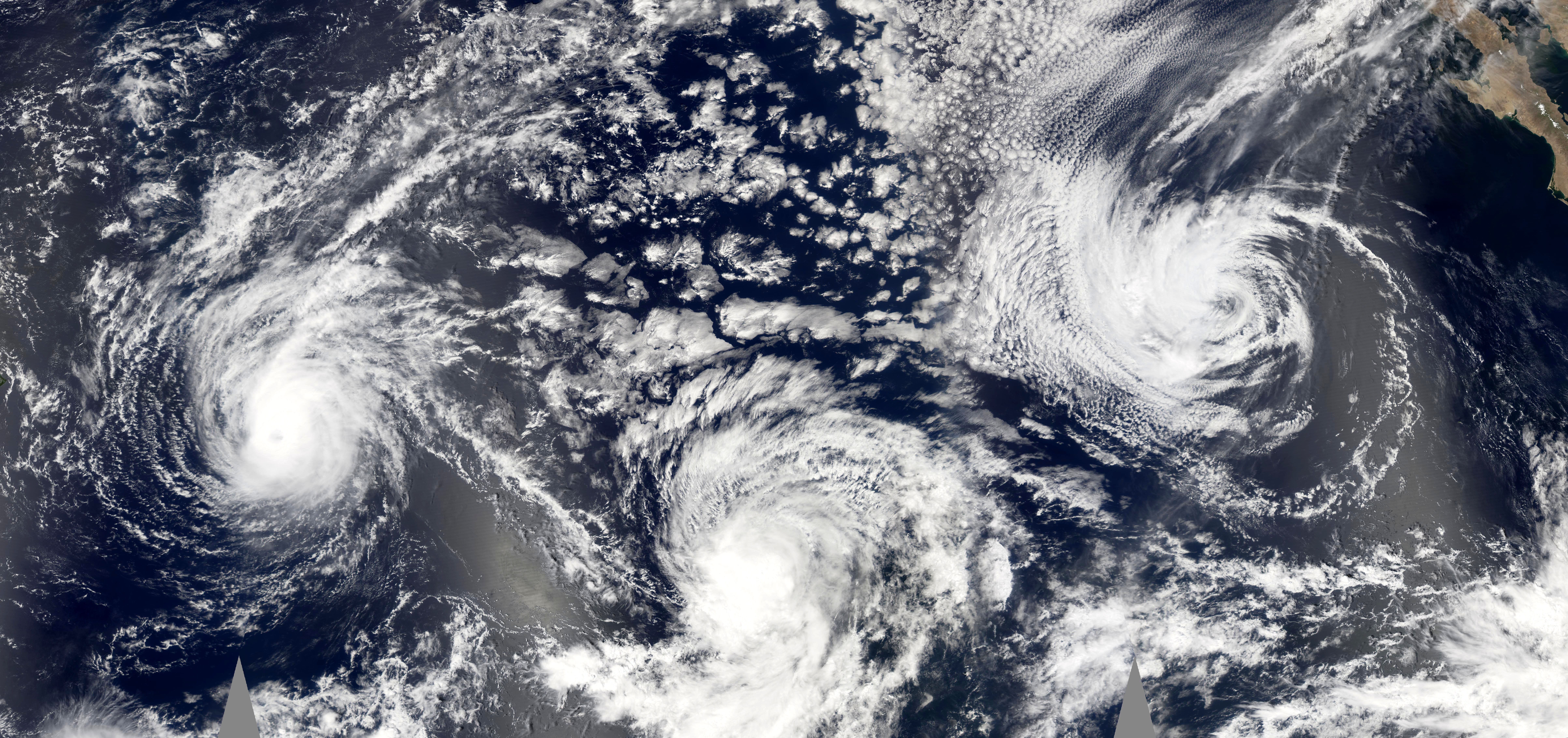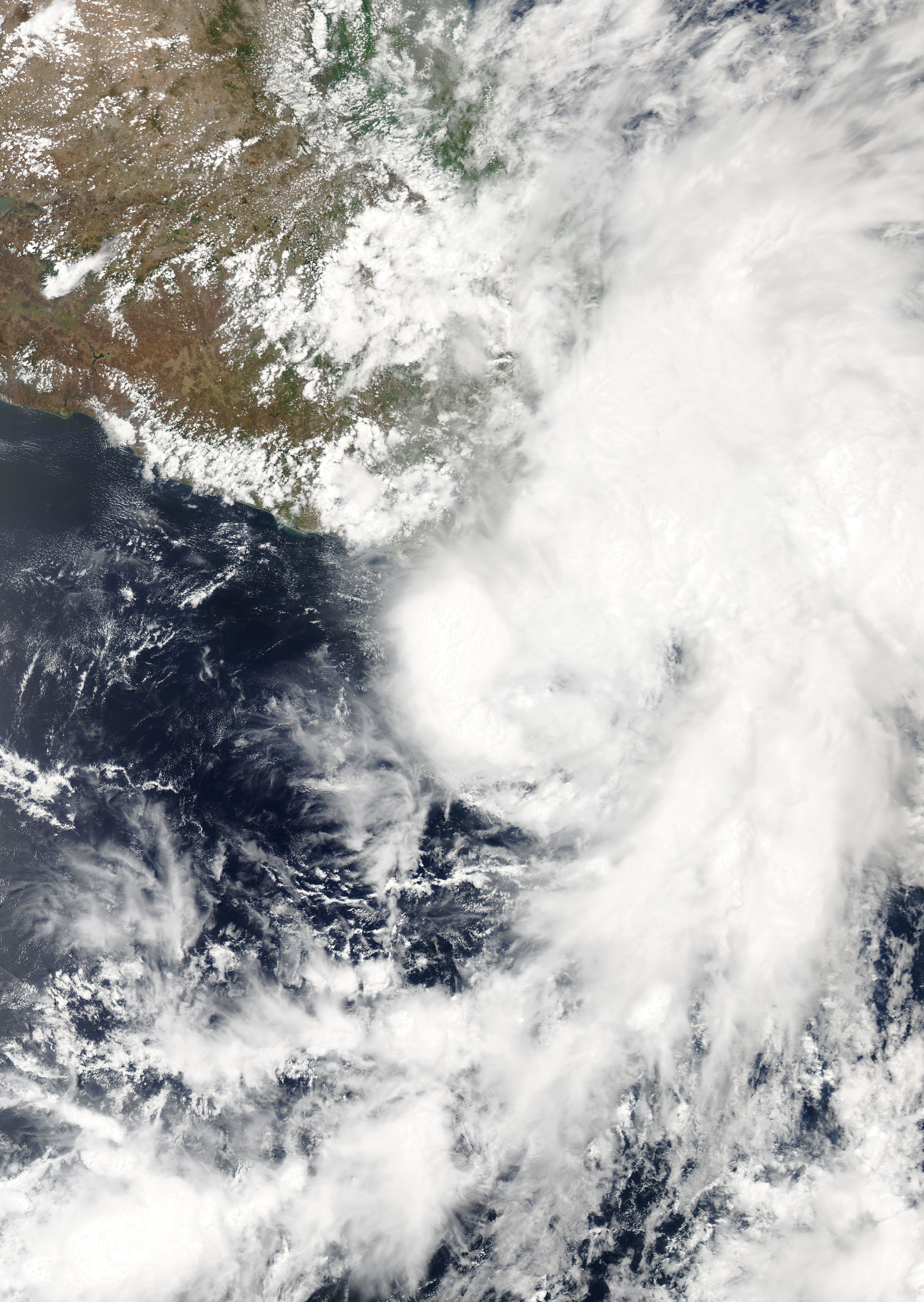|
Hurricane Beatriz (other)
The name Beatriz has been used for eight tropical cyclones in the Eastern Pacific Ocean. * Hurricane Beatriz (1981) – a Category 1 hurricane that remained far from land * Tropical Storm Beatriz (1987) – a tropical storm that formed far from land * Tropical Storm Beatriz (1993) – a tropical storm that made landfall in Mexico, leaving six fatalities * Hurricane Beatriz (1999) – a Category 3 hurricane that didn't affect land * Tropical Storm Beatriz (2005) – a tropical storm that never threatened land * Hurricane Beatriz (2011) – a Category 1 hurricane that grazed Mexico, causing four fatalities * Tropical Storm Beatriz (2017) – made landfall in Mexico, causing seven fatalities * Hurricane Beatriz (2023) – a Category 1 hurricane brushed southwestern Mexico, causing one fatality {{DEFAULTSORT:Beatriz Pacific hurricane set index articles ... [...More Info...] [...Related Items...] OR: [Wikipedia] [Google] [Baidu] |
Hurricane Beatriz (1981)
The 1981 Pacific hurricane season was a slightly below average Pacific hurricane season. The season officially started on May 15 in the eastern Pacific basin and June 1 in the central Pacific basin. Both basins' seasons ended on November 30; these dates conventionally delimit the period during which most tropical cyclones form in the northeastern Pacific Ocean. The first tropical cyclone of the season was designated on May 30, and the final storm of the season, Hurricane Otis, dissipated on October 30. The season produced fifteen named storms and a total of eight hurricanes, which was near normal. However, the total of one major hurricane was below the average of three. The strongest tropical cyclone of the season was Hurricane Norma (1981), Hurricane Norma, which was a powerful Category 3 hurricane on the Saffir–Simpson Hurricane Scale. The storm caused six deaths – five in Texas, and one in Mexico, due to severe flooding. Additionally, the storm caused $74 million ... [...More Info...] [...Related Items...] OR: [Wikipedia] [Google] [Baidu] |
Tropical Storm Beatriz (1987)
The 1987 Pacific hurricane season was the last year in which the Eastern Pacific Hurricane Center was the primary warning center for tropical cyclones in the eastern Pacific Ocean. The season officially started May 15, 1987, in the eastern Pacific, and June 1, 1987, in the central Pacific, and lasted until November 30, 1987. These dates conventionally delimit the period of each year when the vast majority of tropical cyclones form in the northeastern Pacific Ocean. Despite there being 20 named systems, five above the average, only four storms directly affected land. Hurricane Eugene was the first Pacific hurricane to make landfall in Mexico in July since the 1954 season and caused three deaths and $142.12 million damage. Tropical Storm Pilar and Hurricane Norma also came close to land, with the former producing record rain in Baja California Sur. The remnants of Hurricanes Ramon and Norma caused rain in the Continental United States, with the former responsible for five traffi ... [...More Info...] [...Related Items...] OR: [Wikipedia] [Google] [Baidu] |
Tropical Storm Beatriz (1993)
The 1993 Pacific hurricane season included more than double the average number of major hurricanes – Category 3 or stronger cyclones on the Saffir–Simpson scale. This activity was the result of an El Niño event, which is the main factor contributing to above-average activity across the Pacific basin. The season featured 15 named storms, 11 hurricanes, and 9 major hurricanes. While the number of named storms was near the long-term average, the number of hurricanes was above the average of 8, and the number of major hurricanes far exceeded the long-term average of 4. Seasonal activity began on May 17 and ended on November 8, within the confines of a traditional hurricane season which begins on May 15 in the East Pacific and June 1 in the Central Pacific. The season ends on November 30 in both basins. These dates conventionally delimit the period during each year when most tropical cyclones form. A majority of the season's storms formed from tropica ... [...More Info...] [...Related Items...] OR: [Wikipedia] [Google] [Baidu] |
Hurricane Beatriz (1999)
The 1999 Pacific hurricane season was one of the least active Pacific hurricane seasons on record. The season officially began on May 15 in the Eastern Pacific, and on June 1 in the Central Pacific; in both basins, it ended on November 30. These dates conventionally delimit the period during which most tropical cyclones form in the northeastern Pacific Ocean. The first tropical cyclone of the season, Hurricane Adrian, developed on June 18, while the final storm of the season, Tropical Storm Irwin, dissipated on October 11. No storms developed in the Central Pacific during the season. However, two storms from the Eastern Pacific, Dora and Eugene, entered the basin, with the former entering as a hurricane. The season produced fourteen tropical cyclones and nine named storms, which was well below the average of sixteen named storms per season; this was largely due to a strong La Niña taking over much of the Pacific. However, the total of six hurrica ... [...More Info...] [...Related Items...] OR: [Wikipedia] [Google] [Baidu] |
Tropical Storm Beatriz (2005)
The 2005 Pacific hurricane season was a near-average season which produced fifteen named storms, only seven hurricanes formed and two major hurricanes. It was also the second consecutive season in which no tropical cyclone of at least tropical storm intensity made landfall. The season officially began on May 15 in the East Pacific Ocean, and on June 1 in the Central Pacific; they ended on November 30. These dates conventionally delimit the period of each year when most tropical cyclones form in the Pacific basin. However, the formation of tropical cyclones is possible at any time of the year. Activity began with the formation of Hurricane Adrian, the fourth-earliest-forming tropical storm on record in the basin at the time. Adrian led to flash flooding and several landslides across Central America, resulting in five deaths and $12 million (2005 USD) in damage. Tropical storms Calvin and Dora caused minor damage along the coastline, while Tropical Storm Eugene ... [...More Info...] [...Related Items...] OR: [Wikipedia] [Google] [Baidu] |
Hurricane Beatriz (2011)
Hurricane Beatriz was a Category 1 hurricane that killed four people after brushing the western coast of Mexico in June 2011. The second named storm and hurricane of the 2011 Pacific hurricane season, Beatriz originated from an area of disturbed weather on June 19, several hundred miles south of Mexico, and gradually intensified. Gaining latitude, the system became increasingly organized and reached hurricane status on the evening of June 20. The following morning, Beatriz attained winds of 90 mph (150 km/h) as it passed roughly 15 mi (20 km) of Mexico. Due to its interaction with land, the hurricane abruptly weakened hours later. Early on June 22, Beatriz dissipated over open waters. Prior to Beatriz's arrival in Mexico, hurricane watches and warnings were issued for coastal areas. Hundreds of shelters opened across the states of Colima and Guerrero. Heavy rains from the storm triggered significant flooding along the Sabana River in Acapu ... [...More Info...] [...Related Items...] OR: [Wikipedia] [Google] [Baidu] |
Tropical Storm Beatriz (2017)
Tropical Storm Beatriz was a short-lived tropical storm that made landfall in the Mexican state of Oaxaca in June 2017. The second named storm of the 2017 Pacific hurricane season, Beatriz developed from a tropical wave which had exited the coast of West Africa on May 18 and crossed Central America, and was designated as Tropical Depression Two-E on May 31. Shortly after being upgraded to a tropical storm, Beatriz made landfall near Puerto Angel, Mexico on the evening of June 1. It subsequently weakened into a tropical depression as it moved ashore, dissipating quickly afterwards. Heavy rainfall from Beatriz caused flash flooding and mudslides in portions of Southwestern Mexico, resulting in seven fatalities. Along its path, Beatriz caused Mexican peso, MXN$3.2 billion (US$172 million) in damage. Meteorological history The origins of Beatriz was first traced to a tropical wave which exited the coast of West Africa on May 18. The wave moved westward through the Atlantic and Caribb ... [...More Info...] [...Related Items...] OR: [Wikipedia] [Google] [Baidu] |
Hurricane Beatriz (2023)
Hurricane Beatriz was a Category 1 Pacific hurricane that caused widespread flooding along much of the Pacific coast of southwestern Mexico in late June and early July 2023. The second named storm and second hurricane of the 2023 Pacific hurricane season, Beatriz originated from the remnant wave of Atlantic Tropical Storm Bret. After dissipating over the central Caribbean Sea, the wave moved over Central America on June 25. The nascent disturbance then merged with a nearby low-pressure area later that day. The disturbance was slow to organize, but due to the impending threat it posed to the Mexican coast, advisories were initiated on it as Potential Tropical Cyclone Two-E at 03:00 UTC on June 29. The system organized into a tropical depression six hours later. Later that day, the depression strengthened into a tropical storm and was named ''Beatriz''. Closely paralleling the coast of Mexico, Beatriz rapidly intensified into a hurricane at 15:00 UTC on June 30. The storm peaked in ... [...More Info...] [...Related Items...] OR: [Wikipedia] [Google] [Baidu] |


